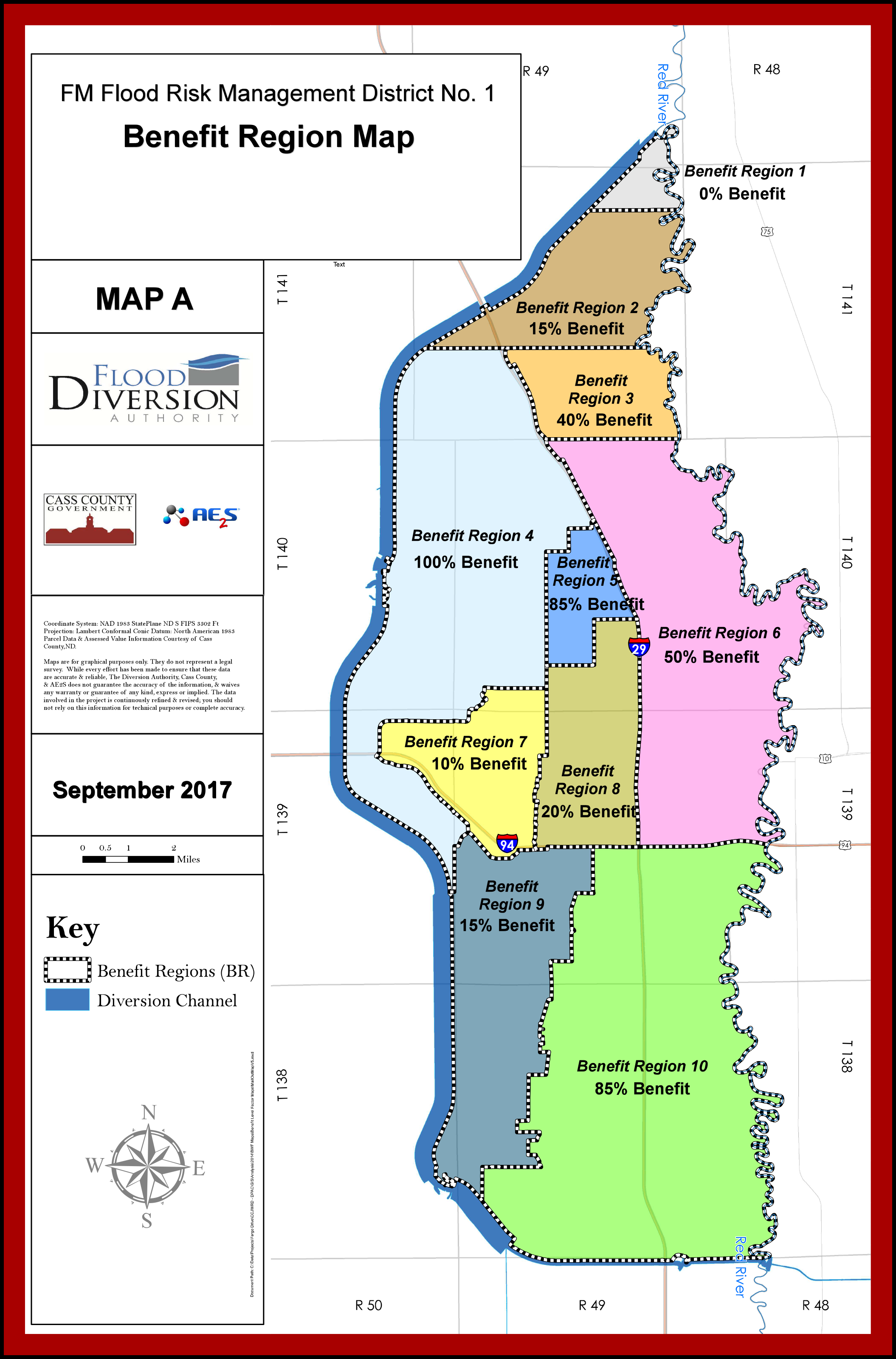Continued from: Part 1 – Exposing the FMDA and USACE
The Government Accountability Office (GAO) is a government agency that provides auditing, evaluation, and investigative services for the United States Congress.
The GAO is the supreme audit institution of the federal government of the United States.
In early 2006, the GAO testified before the Subcommittee on Energy and Resources, Committee on Government Reform, House of Representatives with very direct statements on the practices of the USACE (US Army Corps of Engineers).
Cited Source: http://www.gao.gov/products/GAO-06-529T
| Excerpt from GAO Testimony |
|---|
| Download Highlights: GAO-06-529T | Download Full Report: GAO-06-529T |
| GAO’s recent reviews of four Corps civil works projects and actions found that the planning studies conducted by the Corps to support these activities were fraught with errors, mistakes, and miscalculations, and used invalid assumptions and outdated data. Generally, GAO found that the Corps’ studies understated costs and overstated benefits, and therefore did not provide a reasonable basis for decision-making. For example: |
| • | Sacramento Flood Control Project, GAO determined that the Corps overstated the number of properties protected by about 20 percent and used an inappropriate methodology to calculate the value of these protected properties. |
| In addition, the Corps’ three-tiered internal review process did not detect the problems GAO uncovered during its reviews of these analyses, raising concerns about the adequacy of the Corps’ internal reviews. The agency agreed with GAO’s findings in each of the four reviews. For three projects the Corps has completed a reanalysis to correct errors or is in the process of doing so; it decided not to proceed with the fourth project. |
The FM Diversion CLOMR Support Document, in its entirety, is essentially an open admission that the USACE has not corrected the nefarious practices described by the GAO.
The USACE based their Draft Report (Phase 1) on the time period March 2009 – August 2009, however, on or around June 2009 FEMA withdrew its support for the Southside Flood Control Project (read cited source), because the project had grown beyond the scope of the original FEMA grant from 1997.
Fargo, Cass County and the USACE knew in 2009 that the impacts and cost of the project outweighed the benefits. The original concept did not call for one dam control structure, let alone a total of three (Red River, Wild Rice and Diversion Inlet).
The Fargo Diversion Authority and U.S. Army Corps of Engineers chose to contrive the EOE (Expert Opinion Elicitation) datum to justify never before seen Fargo, ND flood potential. Keep in mind that without the proposed dam and staging reservoir Fargo could not get the cost/benefit ratio above .65 (read cited source), which would not fly in Washington.
| Excerpt from FEIS Appendix O | |
|---|---|
| 5.1.4 | Climate and Hydrologic Uncertainty To address the climate and hydrologic uncertainty that was identified in Phase 1, an Expert Opinion Elicitation (EOE) panel was convened in September 2009. The panel consisted of six panel members and five invited observers with expertise related to hydrology or climatology.
The panel thought that traditional hydrologic analyses using the entire period of record (including both dry and wet times) would underestimate flood flows expected over the period of analysis. |
Hmmm…, “…using the entire period of record would underestimate flood flows expected…”?
The “EOE” (Expert Opinion Elicitation) – The very embodiment of invalid assumptions, miscalculations and overstated conditions that does not provide a reasonable basis for decision-making.
| EOE Meeting Summary | |
|---|---|
| Excerpt: Page 9 Appendix A-1b Hydrology – Download Full Report | |
| To prepare for the EOE, expert panel members and observers were sent a read-ahead package following recommendations in the Technical guide.
The EOE began with a description of the EOE process and a review of the goals to be accomplished. Then, Ford (David Ford Consulting Engineers) asked that the experts be mindful of these assumptions: |
|
| • | The Red River of the North presents a unique hydrologic and hydraulic record, and therefore the results of this EOE do not necessarily set precedent for other regions of the country. |
| • | The time scale of a Corps project is a matter of decades: the life of a project is considered to be 50 years, and the economic analysis often focuses on the first 20-30 years, as this has the greatest impact on the discounted benefits and costs. |
| • | The recommendations that result from this EOE must be implemented within the time, budget, and resource constraints of this project. |
Interesting that David Ford Consulting Engineers, an IDIQ contractor to the USACE (read more), influenced parameters to consider when the USACE aligned “climate change” as an objective of the EOE (view cited source), handpicked the experts, wrote and required three guidance documents (view cited source) to follow, manipulated EOE data into two sets ~ a dry period as (1901-1941) and a wet period as (1942-2009) (view cited source) then further corrupted the EOE results by weighting results in favor of a “wet period” – nullifying 50 percent of the overall study data.
All the talk of “expert opinion” credibility goes out the window when the results are “goal oriented” via the use and abuse of EOE. ( read more)
Remember the GAO testimony from 2006: “…planning studies conducted by the Corps were fraught with errors, mistakes, and miscalculations, and used invalid assumptions… …the Corps’ studies understated costs and overstated benefits, and therefore did not provide a reasonable basis for decision-making….”
Why is this important? Because the FMDA and USACE have conspired and orchestrated a duplicitous assumption that places property owners in the cross-hairs of FEMA flood insurance requirements, further embellished the data to create a favorable cost/benefit ratio, incited irrational fear – painting FEMA as the villain and misrepresenting the factual risk potential of flooding to decision makers in Washington.
All for Fargo’s Tier 1 & 2 development plan – the “land grab” of the natural flood plain upstream of the metro area.
In the aftermath of Hurricane Harvey with levees breaching, emergency water releases from dams to prevent complete failure paints a pretty clear picture of Fargo’s future. The Fargo Moorhead Dam and FM Diversion “DOES NOT PROVIDE PROTECTION FOR HEAVY RAINFALL EVENTS” – but all of the risks associated with a Class 1 High Hazard Dams exist.
With estimates of more than half of the land that flooded in the Harris County, TX., whose seat is Houston, was outside of official flood zones – was it a smart move by the FMDA and USACE to collude and place property owners and FEMA on a collision course over flood insurance in Fargo?
There is ZERO GUARANTEE that FEMA would remove flood insurance requirements, even if the proposed FMDA project were built – because the land being developed is a known flood plain that has flooded during EVERY major flood event.
So many imbeciles, drenched with arrogance, playing a high stakes games to place Fargo at greater risk – for an unnecessary project, unjust profit and congressional funding that may never come.
I know, it’s a lot of information to digest, however, the timing of things reveals the sinister side of the FMDA.
Think about it, in September 2009, the FMDA and USACE conducted an EOE study, the results of the EOE study were released October 2009 and suppressed until AFTER the flood sales tax vote in November 2010, with project impacts moving upstream shortly thereafter. However, downstream impacts still exist all the way to Drayton, ND ( read more ) .
Then it does beg the question why Darrel Vanyo, former Cass County Commission Chairman, would send correspondence to Richland County in March 2011 claiming there were “no negative impacts south of Highway 46“ (read letter) – when the EOE study results, conducted by the FMDA and USACE, produced impacts on over 10,000 acres south of Highway 46.
More to come in Part 3: Fear Mongering
Views: 823

